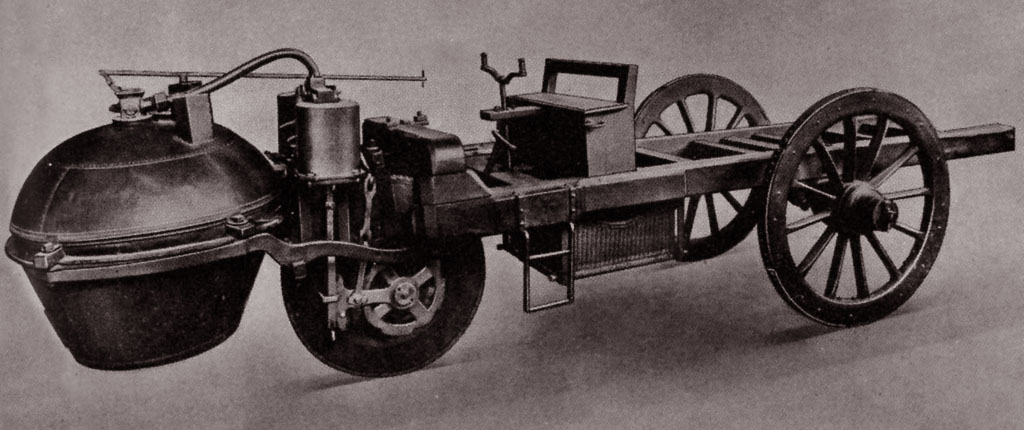Steam Powered Vehicles.
If there were an epitaph for the steam powered automobile, it'd probably read something like this: "Here lies steam car. Born 1769. Died 1969. A great dream before its time."
History is full of good ideas, and History is full of bad ideas. For many people the Steam car is both at once a good idea and a bad idea.
Many people know steam cars have existed, but for some weird reason, no one really understands why they died off.
Many people assume it was due to how complicated steam engines are, or how difficult it was to keep them supplied with the fuel they needed to boil water. Or they'll discuss how inefficient steam really is compared to a gasoline engine. The list goes on. And really, tis a moot point. The steam car is dead. Like Nikola Tesla, Thomas Edison, HG Wells, and Jules Verne. Dead. Really.
So where does that leave the steam automobile? To be fair, its kind of like the answer to life and everything in general: What ever you want it to be.
(Disclaimer). It is important to know that to revive the steam automobile is going to be a long and winding road, filled with died in the wool extremist hippies on one side that claim cannabis, and only cannabis can save the planet, to the corporations that don't want to lose their millions on something they worked so hard to kill off via gov't regulation, or just buying the patent and putting it under wraps. There are also the people that think they have all the answers, and that its just as simple to build a steam car as it was back when the Stanley Steamer was setting speed records and Sentinel Steam Lorries were pulling cargo wagons everywhere. They are, in a way, a worse threat to steam vehicles than corporate greed.
So with that disclaimer in the picture, what is the path to a steam vehicle?
The only to start is with education. And in this case, the education is a parallel course.
On the one hand there's history. History shows what worked, and what didn't. It also shows where to start with a truly effective Steam Vehicle development program.
The other hand, of course is STEM (Science, Technology, Engineering, Math) This is how you establish what can be done better with a steam car. (like reducing weight, etc.) Really, its the easier side of the formula.
and with all of that on the table... I'm going to shut up now and pray a discussion develops.
Tags:
Replies to This Discussion
-
Permalink Reply by Captain on May 3, 2017 at 2:22pm
-


Too bad Eli Whitney did not take an interest in manufacturing steam vehicles. I suspect that they main thing missing was a Henry Ford type of mass production since steam vehicles still offered several advantages over a horse drawn vehicle.
-
-
Permalink Reply by The Specialist on May 3, 2017 at 11:28pm
-
Too bad Eli Whitney did not take an interest in manufacturing steam vehicles. I suspect that they main thing missing was a Henry Ford type of mass production since steam vehicles still offered several advantages over a horse drawn vehicle.
The thing that ultimately doomed the steam automobile wasn't mass production. It was the electric engine starter on the internal combustion engine.
Prior to the development of the electric starter, steam cars were, almost unbelievably, far more ergonomic to own, as you didn't have to risk your arms to the being broken or shattered by a backfire. It also simplified the very nature of automobiles. Its just a matter of irony that battery technology didn't keep up with motor technology to enable the electric car to become the primary challenger to steam power.
-
-
Permalink Reply by Captain on May 4, 2017 at 12:22am
-
The electric starter and the convenience that it offers may be a big factor. I suspect that the steam car's lead of decades could have offset some of that.
Here is a curious "cousin" to the steam Stirling Hybrid
-
-
Permalink Reply by The Specialist on May 5, 2017 at 8:21am
-
Curiously, DEKA's website has absolutely no mention of the Revolt or the scooter project, and has, remarkably turned towards robotics and prosthetics.
-
© 2025 Created by Alexander Baker.
Powered by
![]()